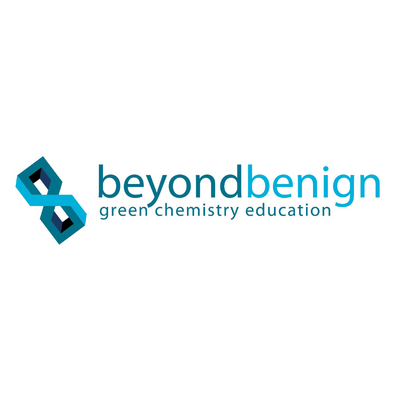The Synthesis of Zinc Copper Indium Sulfide Quantum Dots

Summary
In this experiment, ZnCuInS2 quantum dots of differing sizes are prepared and analyzed by UV-Vis and fluorescence spectroscopy. The ZnCuInS quantum dot synthesis is inherently greener than common nanoparticle syntheses, e.g. CsPbX3 or CdSe, because the use of Pb and Cd is avoided. Due to their tunability and excellent optical properties, quantum dots have allowed for the development of QLED display technology.
Keywords
Safety Precautions, Hazards, and Risk Assessment
Dodecanethiol has a skunky odor and care should be taken to prevent spilling of this reagent. The collection of exceptionally hot reaction aliquots by pipet presents a burn hazard. Spilling of this solution onto the hotplate can result in combustion. Continuing to heat the flask after most or all of the solvent has been removed can result in the flask cracking.
Teacher Recommendations or Piloting Data (if available)
This experiment has been tested at both the University of Toronto and Arizona State University over multiple years. This activity is adapted from Lisensky, G.; McFarland-Porter, R.; Paquin, W.; Liu, K. J. Chem. Educ. 2020, 97, 806-812, doi.org/10.1021/acs.jchemed.9b00642
Digital Object Identifier (DOI)
https://doi.org/10.59877/IYVJ9341
Other notes/information
This activity is adapted from Lisensky, G.; McFarland-Porter, R.; Paquin, W.; Liu, K. J. Chem. Educ. 2020, 97, 806-812, doi.org/10.1021/acs.jchemed.9b00642.
File (PDF, PPT, image, etc)
File (PDF, PPT, image, etc)
Link to external
Creative Commons License

This work is licensed under a Creative Commons Attribution-NonCommercial-ShareAlike 4.0 International License.


